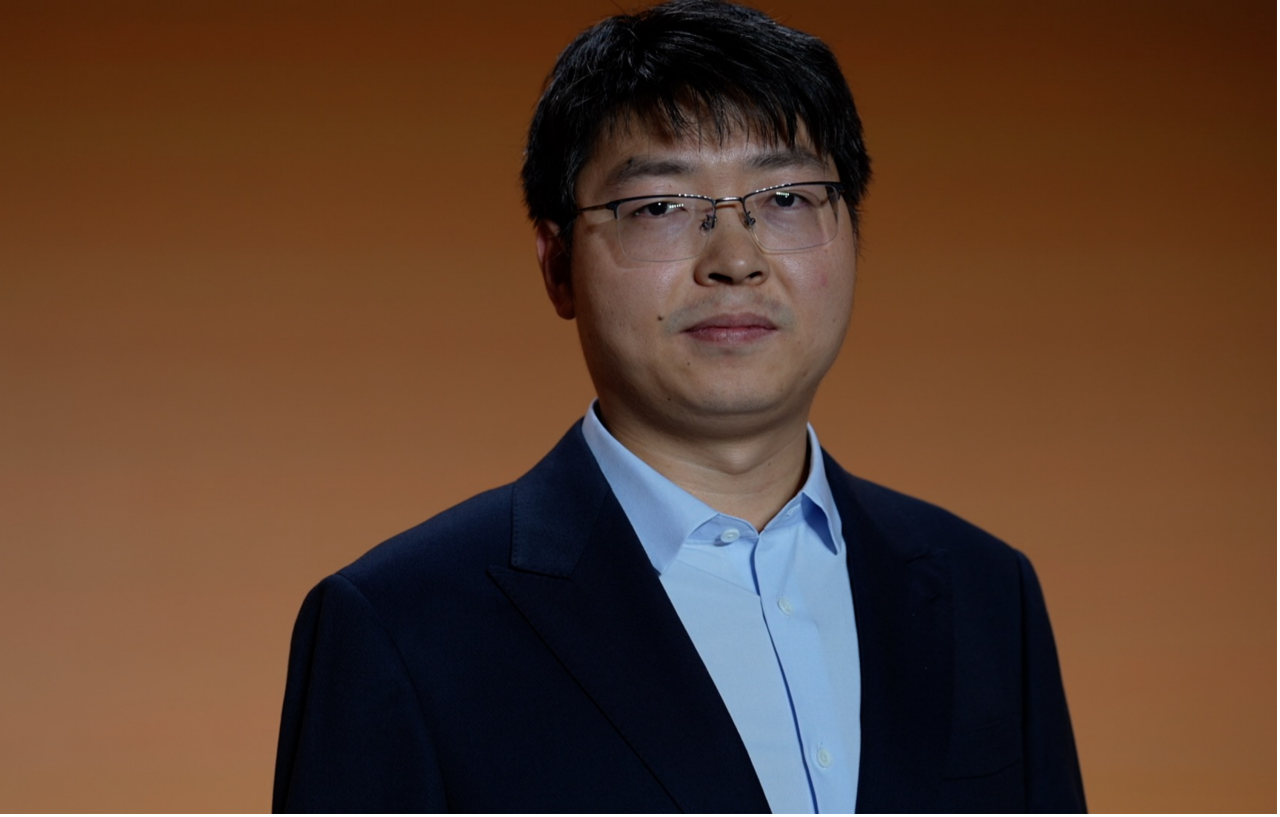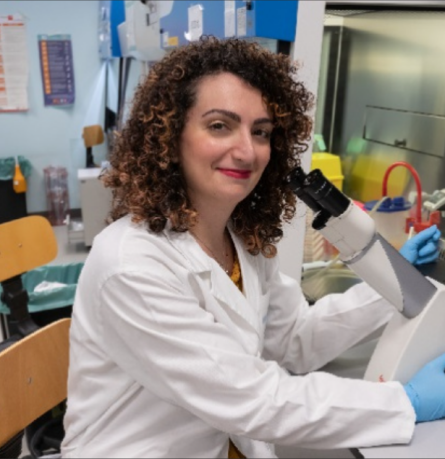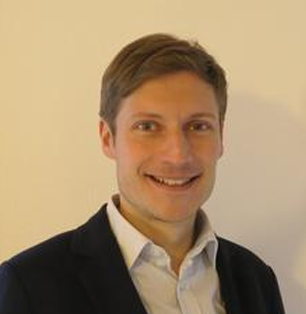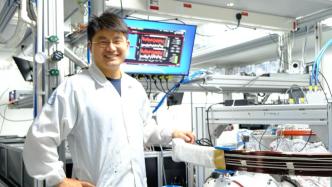
On October 25, the 2025 World Youth Scientists Summit opened in Wenzhou, Zhejiang.

The 2025 World Youth Scientists Summit is a conference for young high-level talents from around the world. A group of scientific experts with global influence and communication capabilities, heads of international organizations, etc. will attend the conference, covering more than 40 countries, more than 70 international scientific and technological organizations, more than 300 foreign scientists, academicians, top scientists, entrepreneurs, 800 young scientific and technological leaders, and the "strongest brains" in the global science and technology field will gather in Wenzhou.
At this scientific event where young scientists from around the world gather, a "scientific race" centered on sustainable development has quietly reached its climax - the highly anticipated 2025 Young Scientist Award for Sustainable Development will be finally announced.
It is reported that a total of 204 top young scientists from 29 countries and regions around the world are competing for this young scientific crown.
In the end, four young scientists won the third "Young Scientist Award for Sustainable Development".
He is using "magic materials" to change the screen in front of you

Liu Yingjun
Chinese scientist Liu Yingjun, using groundbreaking electrochemical etching technology, has transformed defects in gallium nitride crystals into new channels for performance control. His innovation enables precise control of the mechanical, thermal, electrical, and optical properties of compound semiconductors, as easily as a chemist preparing a solution, opening a new chapter in wafer-scale manufacturing. By connecting the global semiconductor supply chain, he has brought technology from the laboratory to the forefront of industry, becoming a critical bridge connecting scientific innovation with digital infrastructure.
Liu Yingjun's research focuses on innovative breakthroughs and sustainable applications of porous gallium nitride (GaN) technology. He has established a comprehensive technology framework spanning basic scientific discovery, core process development, and industrial ecosystem implementation, focusing on resolving key bottlenecks in the semiconductor industry and enabling green and low-carbon development. He has continuously optimized the wafer-level porous process, enabling micron-sized pixels to produce unprecedented brightness with extremely low energy consumption, thus enabling the next generation of low-energy, high-performance display technology. He has also achieved the leap from 2-inch to 12-inch wafers, overcoming mass production bottlenecks and providing core support for augmented reality devices.
He wants to break through the barriers in the quantum world

Wang Hui
31-year-old Chinese scientist Wang Hui, who co-developed the Jiuzhang optical quantum computing prototype, achieved a milestone in quantum computing and quantum optics. He established a low-energy infrastructure foundation for complex tasks, ushering in a more environmentally friendly computing paradigm. He is using quantum breakthroughs to empower infrastructure innovation and advance the Sustainable Development Goals.
Wang Hui has been deeply involved in the field of integrated photonic quantum computing. In 2016, he achieved a near-transformation-limited quantum dot single-photon source. Later, through elliptical microcavity design and a two-color excitation scheme, he overcame barriers such as polarization control and laser scattering, and developed the first single-photon source with indistinguishability exceeding 99% and collection efficiency exceeding 90%. By 2025, he had further surpassed the quantum computing fault tolerance threshold, and his technology has been adopted by over 180 international teams.
As a key contributor, he completed the development of the Jiuzhang 76-photon quantum computer prototype, the world's first optical quantum computing prototype surpassing classical supercomputers. Its Gaussian boson sampling speed was 10¹⁴ times faster than the then-fastest supercomputer, the Fugaku supercomputer. This achievement, while achieving China's first photon quantum computing supremacy, consumed only one-tenth the power of classical supercomputers and cost only 1/200th that of Google's Sycamore supercomputer, provides a model for frugal R&D in emerging economies.
She is hunting down the "culprit" behind cancer recurrence

Mariangle Russo
Italian scientist Mariangela Russo, focusing on colorectal cancer, revealed for the first time the "stress response mechanism" of tumor cells in targeted therapies, and based on this, proposed new strategies for more precise and personalized cancer treatment. She has led numerous EU and international research projects, actively promoting international collaboration in cancer research and its clinical translation.
Mariangela Russo's core research focuses on tumor evolution and heterogeneity, adaptive mutations in cancer persister cells, and stress response mechanisms. Inspired by bacterial survival mechanisms, she uncovered for the first time the "stress response" of tumor cells in response to targeted therapies. This mechanism contributes to the resistance of cancer persister cells to these therapies. This groundbreaking discovery has been published in top journals such as Science and Nature Genetics.
As the first researcher to reveal that cancer cells have a specific response to targeted therapy, she has proposed new potential treatments based on this, laying the foundation for more precise and personalized treatment strategies, providing research directions for delaying or even preventing tumor recurrence, and thus bringing more clinical benefits to cancer patients.
He wants to put a "power bank" on the earth

Wolfgang Tress
German scientist Wolfgang Treis is a leading figure in photovoltaic technology research. He has extensively researched emerging technologies such as organic and perovskite materials, driving the development of low-energy, high-efficiency, and commercially viable solar cells. He actively participates in academic data openness projects, promoting the global sharing of perovskite material data.
Wolfgang Treis identifies photovoltaics as a key renewable energy source for a sustainable future and focuses on research into emerging photovoltaic technologies such as organic photovoltaics and perovskite photovoltaics. His research has significant implications for the development of more sustainable solar cells. On the one hand, their manufacturing process requires less energy; on the other hand, through novel structural designs, their efficiency can surpass that of traditional silicon-based photovoltaics. This not only significantly shortens energy payback time but also reduces land use, further enhancing the sustainability of photovoltaic technology.
To accelerate the development of emerging photovoltaic technologies, he actively participates in academic data openness alliance projects such as the perovskite materials dataset. He collaborates with scholars and institutions across multiple regions of the world, fostering a collaborative framework for "advancing science without borders," and has published numerous collaborative findings. He also proactively initiates and promotes cross-border collaborations, focusing on development agendas in the Global South and Asia, and provides support to students and young scientists, demonstrating a collaborative spirit and a public-spirited perspective.

